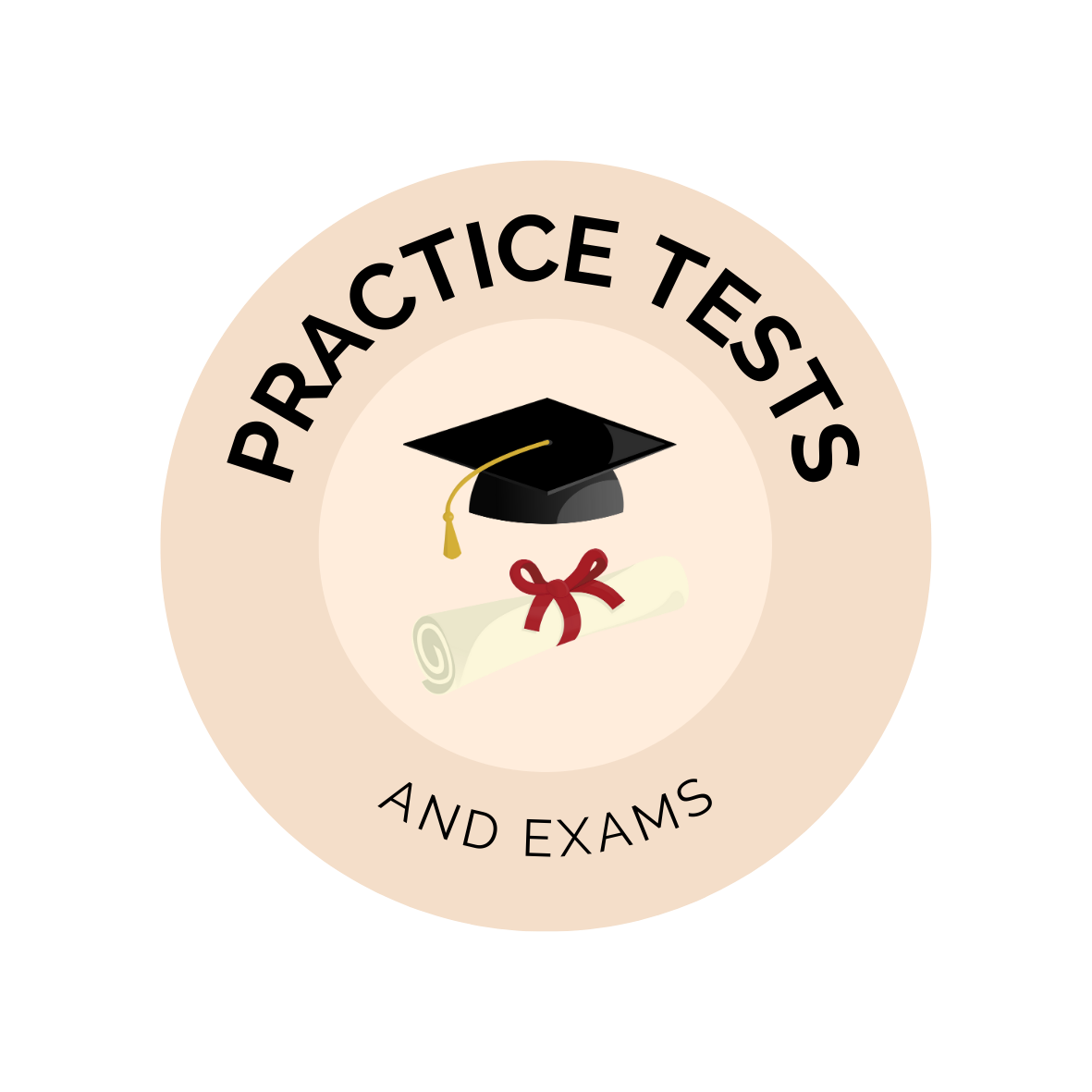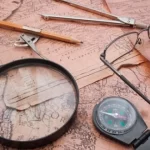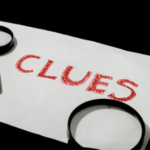How To Excel In The Reading Comprehension Test ( Part 1 )
Getting ready for the QASMT or Brisbane State High School entrance tests might feel a bit overwhelming. A big part of these selective school tests focuses on reading comprehension. To succeed, you should learn to read passages carefully, focus on the questions to help you find the right answers and make sure not to overanalyze the text.
Keep reading to learn helpful tips that can make a big difference in how you do on the entrance tests.
Approach To Answering Reading Comprehension Test
Having a plan for reading and understanding the reading test question is vital. Here are the things you may consider doing:
1. Identify the Type of Passage
Find out if this section is a story, non-fiction, an
2. Read the question first
Read the questions first, then start reading the text. Though it does not seem right, it works. You'll know what to look for in the passage if you read the questions first.
3. Scan the Passage
When you need to look for important information in a reading passage, you can scan it quickly to find what you're looking for instead of reading every single word. To be good at reading, you should focus on finding the main ideas and not worry too much about understanding every small detail.
4. Check for Key Words and Sentences
Watch for words or sentences used in the questions as you read the passage. These terms are like road signs that lead you to the information you need to answer the questions correctly.
Check that these words and lines match the questions by comparing them.
5. Use the "Comparative Approach"
Use comparisons to figure out which answer is right. Carefully look at each answer choice and compare it to the other ones. By thinking about the choices and eliminating the ones that aren't likely right, you can increase your chances of picking the right answer.
6. Adjust the Approach
It's important to know that the approach may need to be changed for different passages. Since each type of writing has its own style and kinds of questions, you need to change how you read and analyze based on the genre.
Reading Passage for Practice
Soccer, also known as football in many countries, is popular worldwide. The two teams try to score by controlling the ball into the other team's net. Soccer requires teamwork, agility, and strategic thinking.
The game is played in a rectangular area with goals on each end. Generally, players use their feet to control the ball, except for the goalkeeper, who can use their hands within the "goal box" or penalty area. The purpose is to put the ball into the other team's net while making sure it doesn't get into your own.
Soccer matches consist of two halves, each lasting 45 minutes. If the game ends in a tie, it may get into extra time or a penalty shootout to know the winner. It's a competitive sport that gives entertainment to fans all over the world.
Questions:
1. What is the objective of soccer?
A) To score goals by using hands
B) To outscore the opposing team by getting the ball into their net
C) To perform acrobatic tricks with the ball
D) To prevent the opponent from scoring goals
2. How long does each half of a soccer match last?
A) 30 minutes
B) 45 minutes
C) 60 minutes
D) 90 minutes
3. What is soccer commonly referred to in many countries?
A) Basketball
B) Cricket
C) Football
D) Baseball
Identify the Type of text: This text tells you about soccer.
Look over the Questions. Read the questions to know what to look for as you read the section.
Scan the Text: Quickly read the text to find the parts discussing soccer's main goal and how long each half lasts.
Find the sentence about the main goal, which is to score more goals, and the sentence about how long each half is.
Use the "comparative" method. Look at the answer choices and choose the one that fits with the facts in the passage.
The right answer to Question 1 is B. To score more goals than the other team.
The right answer to Question 2 is B) 45 minutes.
The right answer to Question 3 is C) Football.
You can understand the information in the passage and answer the questions right if you use these strategies.
Non-Fiction Texts in Reading Comprehension Test
Non-fiction texts are a common type of reading material that give you information and facts. They're written in a simple and clear way, without trying to convince us of anything or using fancy language.
They often have the following parts:
Facts: The goal of non-fiction texts is to give accurate, real-world information about a certain subject. This can be details, data or explanation about a subject.
Cause and Effect: To understand non-fiction, you should know how things can cause other things to happen. It's like when one thing happens, it can make something else happen too.
Inferences: When reading non-fiction,
Detailed Descriptions: Non-fiction texts tend to provide a wealth of detail to support their statements and explanations. This helps to support the author's message and provide evidence for the information presented.
Plain Tone: Non-fiction texts are typically written in a straightforward and objective way. The goal is to send information without adding unnecessary emotion or personal opinions.
What Non-Fiction Texts Usually Avoid:
Figurative Language: Unlike fictional narratives, non-fiction texts usually do not include similes, metaphors or other figures of speech.
Lack of Tone/Atmosphere and Adjectives: Non-fiction texts often focus on presenting facts fairly and do not place much emphasis on creating a specific tone or atmosphere. They generally avoid using too many emotional adjectives.
Lack of Persuasion: While non-fiction texts may present arguments or present information in a convincing way, they are not mainly focused on convincing or influencing the reader's viewpoint.

Approaching Non-Fiction Text Questions
When it comes to non-fiction texts, you may encounter the following types of questions:
Inference Questions: Some questions in non-fiction texts ask you to look beyond what is directly stated and figure out what the author might be suggesting. You need to pay attention to little things, like clues or hints, to answer these types of questions. It's like solving a puzzle!
"Suggested" Clues: When you see words like "suggested" in a question, it means that the answer is not directly said but can be figured out by using clues or hints. So, pay extra attention to those words to help you find the answer!
Cause and Effect Questions: These questions focus on identifying cause and effect relationships. They may ask about the cause of a specific event or the effect that something has on another element within the passage.
Detail Questions: Detail questions require you to identify specific information or facts directly stated in the text. These questions often focus on cause-and-effect relationships too.
Reading Passage for Practice
To help you practice, let's analyze the passage below:
Title: The Amazing Honeybee
Did you know that honeybees are essential pollinators, helping plants reproduce and thrive? These incredible insects visit flowers to collect nectar, unconsciously transferring pollen from one flower to another as they go. Plants use a special process called pollination to make fruits, vegetables and seeds. It's like a way for plants to have babies and continue growing!
In addition to their pollination efforts, honeybees are also capable of producing honey. They have a specialized stomach called a honey stomach which stores nectar brought in from flowers. Back at the hive, they regurgitate the nectar and evaporate the excess water, transforming it into sweet and nutritious honey.
Honeybees live in highly organized colonies led by a queen bee. The queen's sole purpose is to lay eggs, which hatch into worker bees and drones. Worker bees have important jobs in the hive. They go out in search of food, build and take care of the hive, and protect it from any unwanted visitors. They work really hard to keep their home safe and running smoothly! Drones have the primary task of mating with a queen from another colony.
Honeybees are super important in our ecosystem because they do two things. First, they help plants make lots of fruits and veggies by spreading pollen around. Second, they make delicious honey for us to enjoy. They're like nature's little superheroes!
Next time you enjoy a delicious piece of fruit or taste some golden honey, remember to thank these tiny but remarkable creatures!
Based on the passage, what is the main purpose of honeybees visiting flowers?
a) To seek shelter and rest.
b) To transport pollen between flowers.
c) To avoid predators.
d) To source water for the hive.
Analysis: According to the passage, honeybees visit flowers to collect nectar. While doing so, they unintentionally carry pollen from one flower to another. This process is known as pollination, which enables plants to produce fruits, vegetables, and seeds.
Therefore, the correct answer is b) To transport pollen between flowers.
What process enables plants to produce fruits and seeds?
a) Pollination.
b) Honey production.
c) Foraging for nectar.
d) Mating with drones.
Analysis: The passage states that pollination is the process by which plants are able to produce fruits, vegetables and seeds. It explains how honeybees visit flowers, collect nectar and inadvertently transfer pollen from one flower to another, enabling the plants to reproduce.
Therefore, the correct answer is a) Pollination.
Which of the following roles is NOT performed by worker bees?
a) Defense of the hive.
b) Laying eggs.
c) Foraging for nectar.
d) Maintaining the hive.
Analysis: The passage states that worker bees are responsible for foraging, building and maintaining the hive, and defending it against intruders. However, worker bees do not have the ability to lay eggs. This reproductive role is exclusive to the queen bee.
Therefore, the correct answer is b) Laying eggs.
What is the main goal of the honeybee queen?
a) To produce honey.
b) To defend the hive.
c) To lay eggs.
d) To mate with drones.
Analysis: The passage explains that the honeybee queen's main purpose is to lay eggs, which will hatch into worker bees and drones. The queen's role is to ensure the reproduction and survival of the colony. Although honey production is mentioned in the passage, it is not mentioned as the main goal of the queen.
Therefore, the correct answer is c) To lay eggs.
Final Words
Understanding challenging passages for entrance exams means you have to stay focused and read quickly. Instead of trying to know every tiny detail in the text, focus more on understanding it well enough to answer the questions right. By practicing regular reading and trying to understand texts, you can get really good at these tests for special schools.
A great place to help you practice these skills is the Practice Tests and Exams website. Here, you can try out mock exams designed especially for reading comprehension. These mock tests will let you practice under conditions just like the real exams and will gradually help you improve your reading skills.





0 comments